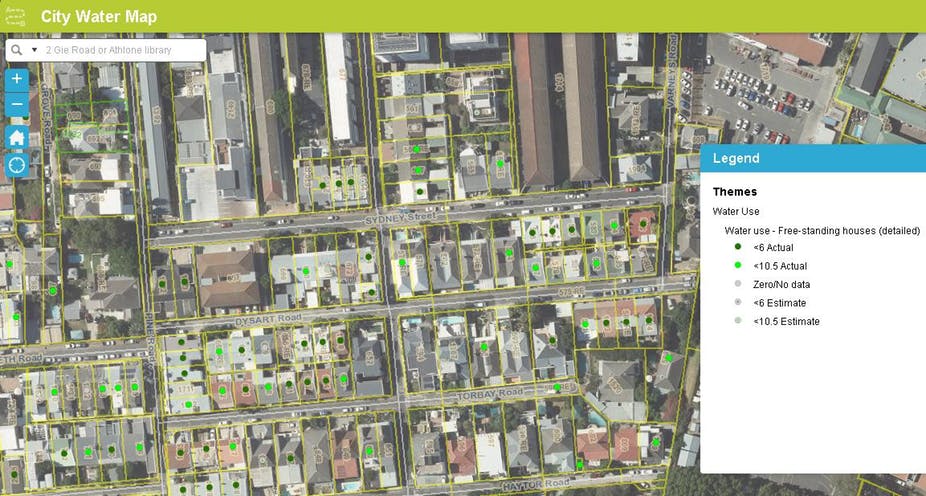Water conservation is one of the major challenges of the 21st century. The world’s population is growing fast but global water resources are staying the same. However, there are a few behavioural insights and heuristics that we are able to use to help encourage greener behaviour and sustainable water consumption.
Social proof heuristic
One of the most effective behavioural nudges which can be applied in the context of water conservation is the social proof heuristic. We are heavily impacted by other people’s behaviour and use this as a baseline of what we deem as acceptable. This means the more people that engage in a given behaviour, the more likely an individual is to agree with that behaviour or believe that it is fair. This insight has been widely applied in businesses and social policies to encourage a certain type of behaviour.
“Nine out of 10 people in the UK pay their tax on time.”
By using this nudge alongside others, HMRC were able to increase tax revenues by £210m!
“Nearly 3/4 of hotel guests choose to reuse their towels each day.”
Businesses such as hotels are also able to utilise behavioural nudges to help lower waste, such as unnecessary towel consumption. The statement above helped to cut the number of replaced towels by 17%.
This insight can be used to encourage greener behaviour. By stating the number of people who are currently making small changes in their daily routine to help save water, we are able to show it as a social norm and in turn, encourage others to follow suit. More effective variants of the message involve personalisation – the more personally relevant the message is, the better. We can do this by using the name of the recipient multiple times or mentioning his or her town, local community or postcode.
Competition heuristic
In Cape Town, where water shortages are particularly severe, the local water supply company shows maps with water usage by each house. Here people can easily compare how much water they consume and how it relates to others. It also taps into the competition heuristic, where if something is framed as part of a competition we will feel motivated to try harder. The power of this heuristic can be seen in many websites such as Viagogo, eBay or Booking.com, which deliver messages suggesting that users should quickly buy a product before it is taken by somebody else. Parents also use this strategy when asking their children to be quiet – “which one of you will be able to stay quiet the longest?”.

Cognitive saliency
Another behavioural nudge that we can apply here is cognitive saliency. Cognitive saliency is a measure of how easily accessible given information is in our brains. The more salient a given concept is, the more likely it is to influence thinking and behaviour. To build saliency of the water conservation problem we can visualise the amount of water customers use, for example inserting a picture of a dozen barrels or a small pool in a dedicated letter or a bill. This can be then compared with 10 barrels that our neighbours use on average. By increasing the saliency of the water consumed, we can motivate people to be more conscious.
Rational arguments
Finally, behavioural science studies show that our decisions can be irrational and can be heavily impacted by external factors. However, rational arguments can definitely be effective when working in conjunction with behavioural nudges. People are motivated by behavioural nudges, but then they feel obliged to rationalise their behaviour. Although we aren’t perfectly rational, this is how we want to see ourselves. By delivering relevant facts and figures we can facilitate the post-rationalising process and further reinforce the conservation behaviour.






